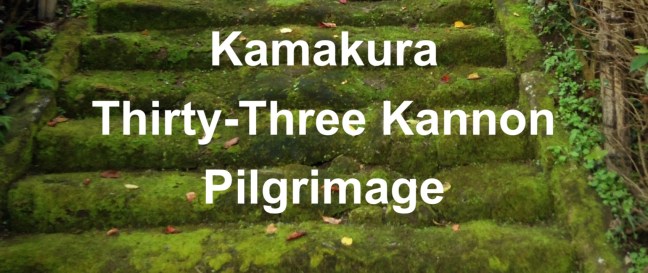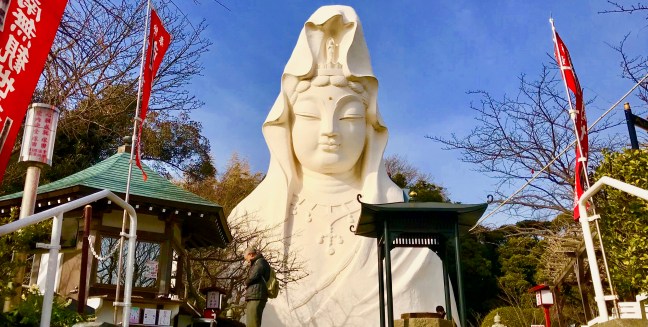At the end of the Daibutsu-Kuzuharaoka hiking trail, in Kita-Kamakura, sits Jochi-ji, temple number 31 of the Kamakura Thirty-Three Kannon Pilgrimage. Not far down the road is Tokei-ji, temple number 32. In Japan, Thirty-Three Kannon pilgrimages are fairly common. According to Kamakura City's webpage on its Kannon-sama pilgrimage, the first Thirty-Three Kannon pilgrimage — the … Continue reading Kannon-sama Pilgrimage: Jochi-ji and Tokei-ji
Kannon-sama Pilgrimage: Jochi-ji and Tokei-ji




